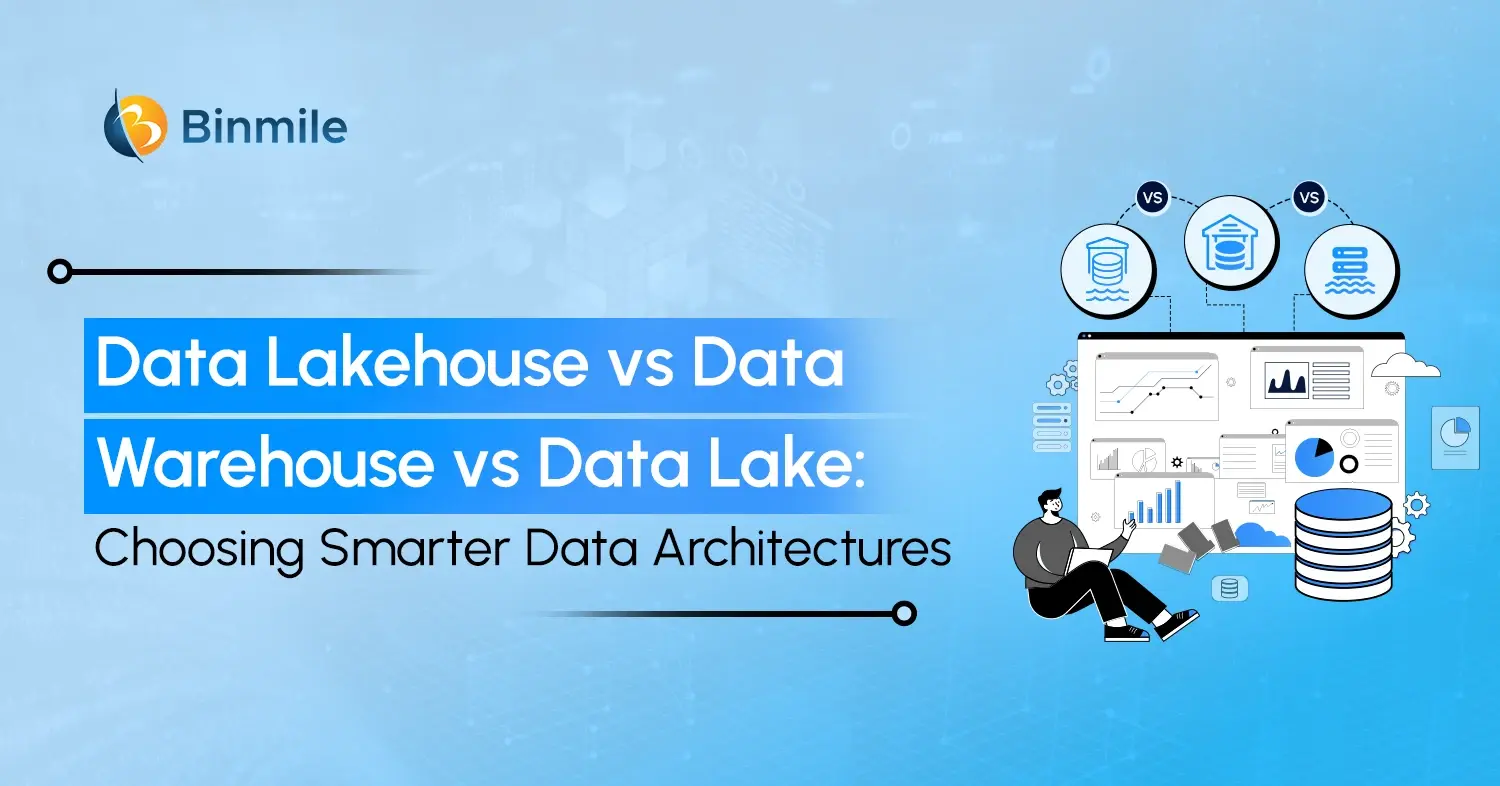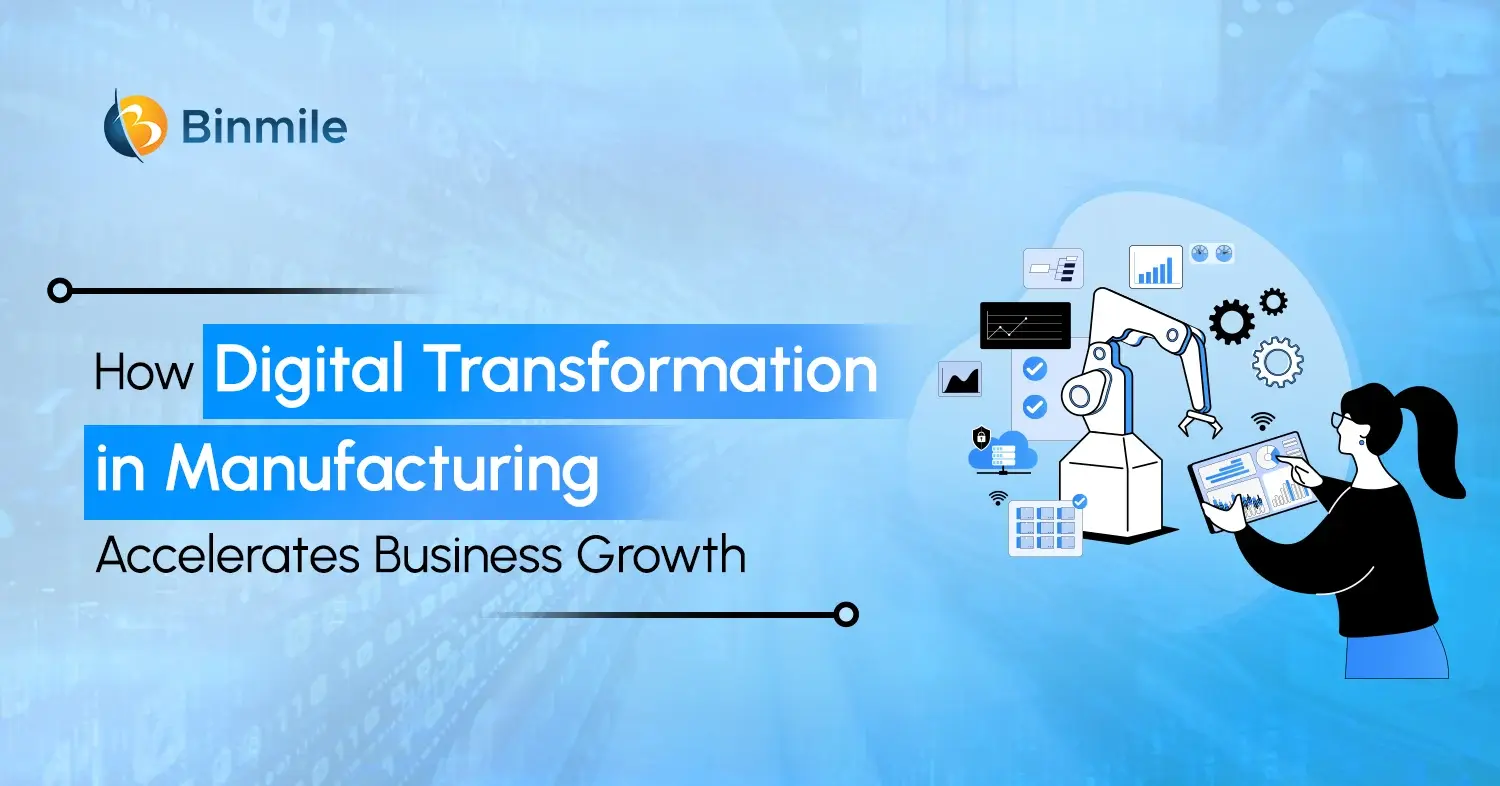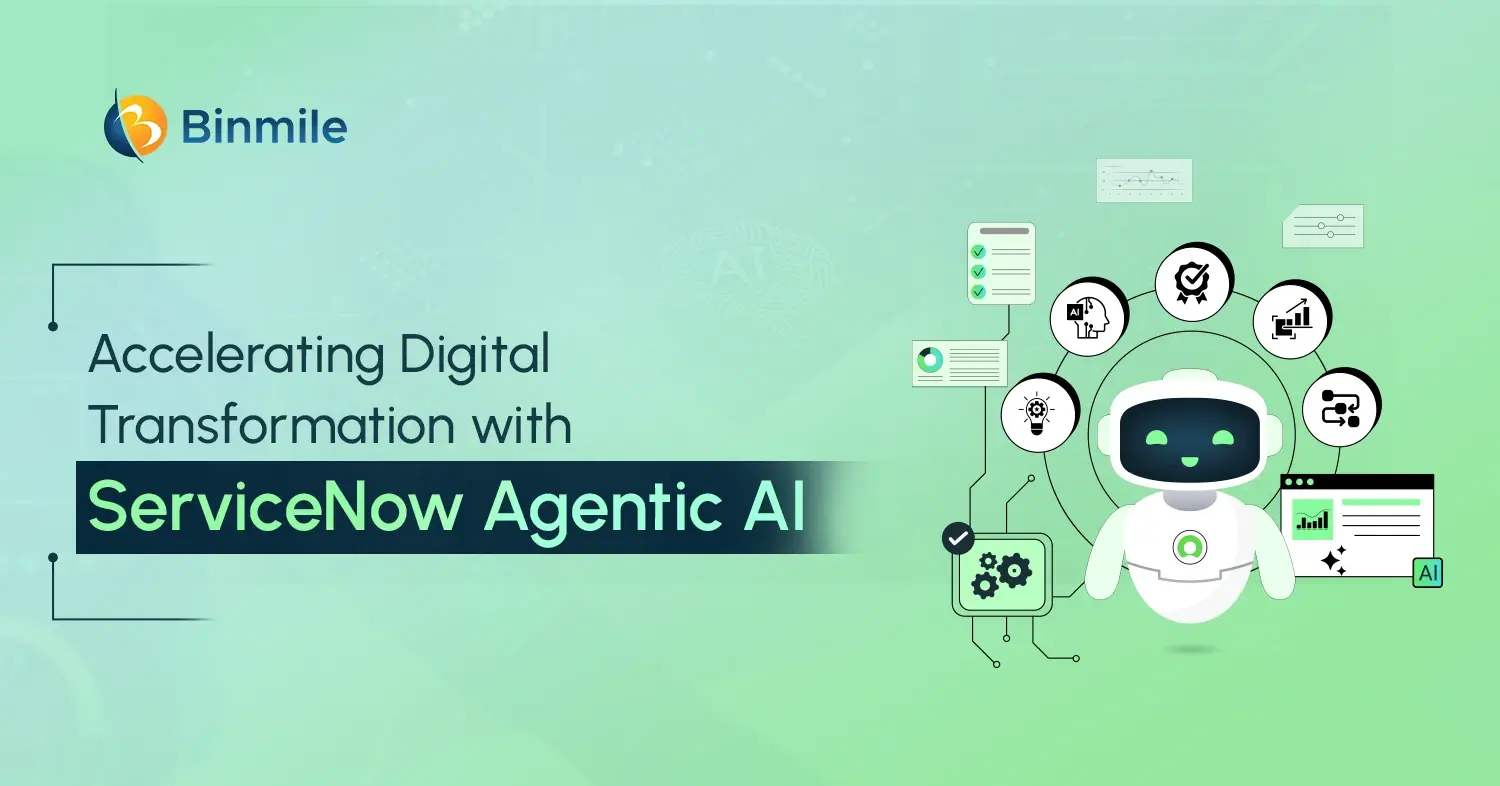Every organisation is on a mission to turn raw information into business insights. But the real challenge lies in storing, managing, and analysing this data efficiently. According to Coherent Market Insights, the data lake market is expected to reach USD 19.04 billion by 2025, while the data lakehouse market is projected to grow by over 21% CAGR in the coming years.
These numbers prove one thing: companies are investing heavily in modern data architectures. But the confusion remains: What’s the difference between a data warehouse, a data lake, and a data lakehouse? Let’s decode each and help you choose the right one for your needs.
What is a Data Warehouse?

A data warehouse is an organised and centralised repository developed to capture and store processed business information from several sources. While operational databases focus on real-time transactions, data warehouses support analytical workloads and offer stable historical views of data necessary for business intelligence (BI) and reporting.
The data warehouse’s core principle is schema-on-write, meaning data is cleansed and formatted before being loaded. Since data integrity is maintained on entry, speed and accuracy of insights derived from queries are enhanced.
Organisations standardise data for unified analysis during the ETL process in data warehousing (Extract, Transform, Load). This involves integrating data from sales and marketing tools, CRMs, ERPs, and warehousing systems.
Key advantages of a Data Warehouse:
- High Data Quality and Consistency: All dashboards and reports are generated from reliable and unified data.
- Optimised for Analytics: Designed to handle complex queries and aggregations without disruption to the daily operations of an organisation.
- Supports Historical Analysis: Over time, data warehousing enables the business to identify and analyse trends, patterns, and anomalies.
- Secure and Compliant: Data protection, as well as regulatory compliance requirements, are fulfilled through governance and audit controls.
Typical Use Cases:
- Financial performance tracking
- Customer analytics and segmentation
- Marketing ROI measurement
- Operational forecasting and strategic planning
In short, a data warehouse is ideal for enterprises dealing with structured data that demand accuracy, stability, and governance in analytics. It’s a vital foundation in modern data management frameworks and complements data lakes for a complete analytical ecosystem.
What is a Data Lake?
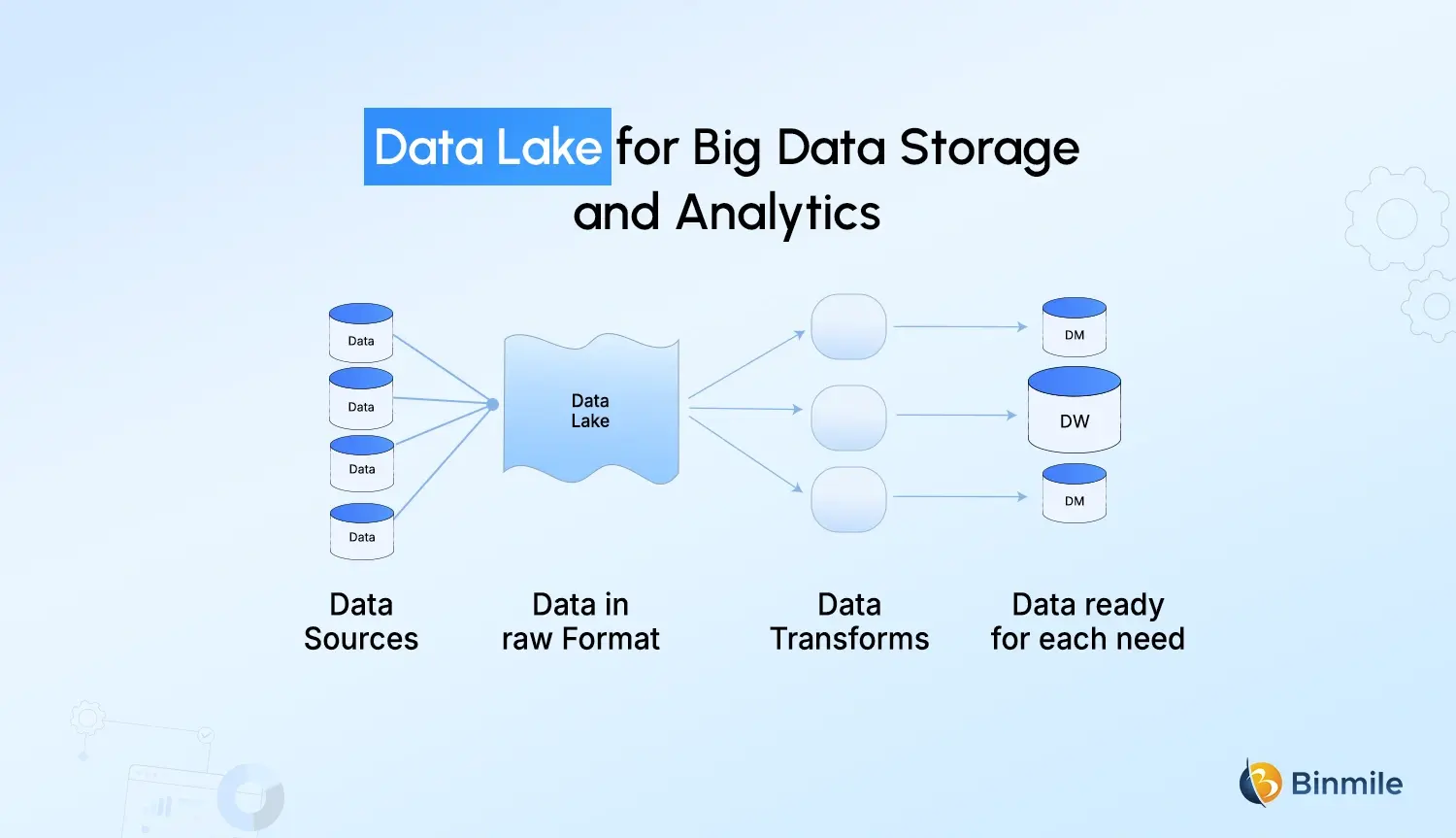
A data lake is a system for storing large amounts of raw data in a centralised and scalable manner. It can be structured, semi-structured, or unstructured. A data lake differs from a data warehouse in that it does not impose structure on data during ingestion. With a lake, organisations can adopt a “store-then-structure” approach. Only during analysis or processing is data structured, allowing for flexible and cost-effective data storage.
This flexibility is what makes data lakes invaluable for big data and data lake configurations. Continuous data inflow from a wide range of sources, including social media, mobile apps, IoT devices, and web logs, is easily managed.
Core Benefits of a Data Lake:
- Cost-Effective Storage: Easily manages petabytes of data due to its use of commodity hardware and cloud storage.
- Supports All Data Types: Handles all data types, including images, video, JSON, logs, and all types of sensor data.
- Scalable and Flexible: The system is designed to be flexible and is easily scalable.
- Foundation for AI & ML: Stores raw data that can be used in predictive analytics, data modelling, and machine learning, amongst other things.
However, without proper lake data management and governance practices, a data lake can become disorganised and inefficient, often referred to as a data swamp. This is where data governance services come into play, ensuring data integrity, quality, and discoverability.
Common Use Cases:
- Real-time analytics and log processing
- AI and machine learning model training
- IoT and sensor data analysis
- Data exploration and experimentation
In summary, a data lake empowers organisations with agility and scalability, making it indispensable for data engineering for AI and modern analytics. It complements data warehousing and data lakes architectures to create a seamless flow between raw data and refined insights.
Strengthen your data pipeline with our data engineering services powered by AI-driven data delivery.
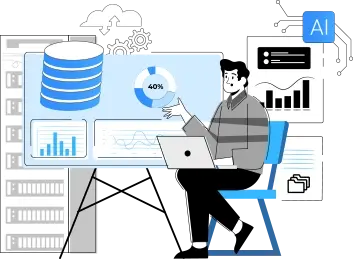
What is a Data Lakehouse?

The data lakehouse complex integrates the best functionalities of a data lake and data warehouse. It is a unified platform with the ability to process and analyse large volumes of structured, semi-structured, and unstructured data in real-time. This real-time provision is essential for organisations looking to improve their operational efficiencies and data-driven decision-making processes.
This hybrid integration in data architecture is developed to address the most critical business use cases. It handles the challenges of performance and governance provided by data lakes. It also addresses the issues of structure, type diversity, and scalability, which are the limitations of data warehouses. This is the reason data lakehouses support and facilitate the simultaneous use of schema-on-read and schema-on-write.
Core Features and Benefits of a Data Lakehouse:
- Unified Data Management: Consolidates separate systems for raw and structured data.
- End-to-End Analytics: Real-time insights, BI reporting, and advanced analytics in a single environment.
- Optimised Performance: Caching and query optimisation allow lake-scale data to be processed at warehouse speed.
- Strong Governance and Security: Reliability is ensured by built-in access controls, compliance, and other governance tools.
- Cost and Operational Efficiency: Simplified architecture management and reduced data duplication.
Common Use Cases:
- Unified analytics across departments
- AI-powered insights and automation
- Streaming data analytics and real-time dashboards
- Enterprise-scale reporting and predictive analytics
Businesses are beginning to understand the evolving role of data lakehouses in data engineering and governance. They are the perfect fit for companies with varied data ecosystems. They combine the scalability of big data with the meticulous analysis capabilities of data warehouses.
A combination of flexibility, control, and affordability is resulting in the data lakehouse model being the predominant option for ‘smart’ companies that are utilising advanced analytics and data management within the AI evolution.
Data Lakehouse vs Data Warehouse vs Data Lake: Key Differences Explained
| Feature | Data Warehouse | Data Lake | Data Lakehouse |
|---|---|---|---|
| Data Type | Structured | Raw, Semi-structured, Unstructured | All types |
| Schema Type | Schema-on-write | Schema-on-read | Flexible |
| Use Case | BI, Reporting | Big Data, ML, AI | Unified Analytics |
| Performance | High | Moderate | High |
| Cost | Higher | Lower | Moderate |
| Governance | Strong | Requires management | Integrated |
| Storage | Relational databases | Object storage | Hybrid |
This quick comparison shows that while data lakes offer flexibility, data warehouses deliver reliability, and data lakehouses combine both for a balanced solution.
Data Lakehouse vs Data Warehouse vs Data Lake: The Right One For Your Business?
One’s business goals, the types of data, and required analytics will ultimately determine the choice of a data lakehouse, data lake, or data warehouse.
- For structured reporting, a data warehouse is most suitable.
- For big data and AI workloads, a data lake is the option that provides the highest scalability.
- Real-time analytics, the ability to manage varied data formats, and a dynamic data ecosystem all point towards a data lakehouse.
Advanced data management, the latest Gen AI data privacy governance, and outdated systems continuing to exist indicate that the future is with lakehouses.
Assess your existing data with our data governance services to build a strong and reliable framework.

Final Thoughts
Data has become the new language of business, but only those who understand how to structure, manage, and apply it can turn it into real intelligence. Choosing between a data lake, data warehouse, and data lakehouse isn’t just about technology; it’s about aligning data strategy with long-term business goals.
However, implementing these architectures effectively requires more than just infrastructure; it needs the right expertise in data engineering, governance, and integration. That’s where Binmile helps businesses gain an edge. As a custom software development company offering end-to-end data engineering and governance services, Binmile helps organisations modernise their data ecosystems and unlock meaningful insights from complex data landscapes.
